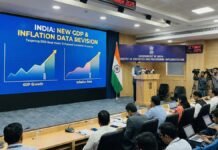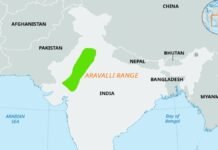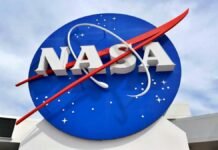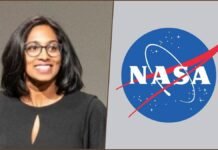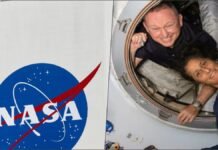
Key Points
- Astronauts Sunita Williams and Butch Wilmore spent 286 days in space, returning to Earth on March 18 after a Boeing Starliner malfunction.
- Both underwent 45 days of intensive medical supervision and rehabilitation at NASA’s Johnson Space Center to readapt to Earth’s gravity.
- Williams and Wilmore experienced muscle fatigue, balance issues, and lingering side effects but are now healthy and back to work.
- Williams is actively contributing to Boeing’s Starliner program and NASA’s space station research in Houston.
- Wilmore shared personal insights on the physical challenges of re-adapting to gravity, including the return of old neck pain.
Sunita Williams, Butch Wilmore Recovering Strong After 286 Days in Space: Inside Their Rehabilitation Journey
Houston: NASA astronauts Sunita Williams and Butch Wilmore are making a strong recovery after spending an extraordinary 286 days in space one of the longest missions ever for a U.S. crew. Their return on March 18, 2025, marked the end of a dramatic chapter that began with a malfunction in the Boeing Starliner capsule, leaving them stranded on the International Space Station far longer than planned.
Intensive Rehabilitation at NASA’s Johnson Space Center
Upon their return, Williams and Wilmore were immediately placed under the care of NASA’s medical team at the Johnson Space Center in Houston. For 45 days, doctors closely monitored their health, focusing on the effects of long-term weightlessness and the challenges of readapting to Earth’s gravity. The astronauts underwent extensive physiotherapy to help their muscles, bones, and balance systems recover from nearly 10 months in microgravity.
Doctors reported that both astronauts responded well to treatment, gradually regaining strength and stability. “After several weeks of therapy, they are healthy and actively participating in various NASA and Boeing programs,” said a NASA spokesperson.
The Physical and Emotional Toll of Spaceflight
In a recent interview, Sunita Williams described the post-mission period as “turbulent,” noting that the transition back to Earth was harder than expected. “Some side effects after spaceflight were slow to heal,” she explained. “I felt tired in the final stages of recovery, as dozens of different muscles were reactivated. Sometimes it was tough just to get up in the morning.”
Williams also shared the mental adjustment required, saying, “I wake up at four in the morning and wonder if I’m still in space. It takes time to truly feel back on Earth.”
Returning to Work and Inspiring the Next Generation
Despite these challenges, Williams is now fully engaged in her work at NASA and Boeing. She is contributing to the Starliner program, supporting space station operations, and working with researchers in Houston to improve future missions.
Wilmore’s Unique Experience: Gravity Brings Back Old Pains
For 62-year-old Butch Wilmore, the return to gravity brought its own set of surprises. He revealed that a pre-existing neck problem, which had disappeared in space, resurfaced as soon as he landed. “We were still floating in the capsule in the sea, and my neck pain started—even before we were evacuated!” he joked. Wilmore emphasized that everyone’s rehabilitation is different, but with time, astronauts recover from issues like muscle weakness and balance problems.
Looking Ahead: Lessons for Future Missions
The experiences of Williams and Wilmore are invaluable for NASA and Boeing as they plan longer and more complex missions. Their recovery highlights the resilience of astronauts and the importance of robust rehabilitation programs for those returning from extended stays in space.
After a record-setting 286 days in orbit, Sunita Williams and Butch Wilmore have overcome the physical and emotional challenges of returning to Earth. Their journey underscores the dedication of astronauts and the critical support provided by NASA’s medical teams, paving the way for future long-duration space exploration.



